Architects, designers, realtors, and developers constantly need high-quality interior visuals in their line of work. Whether one wants to visualize an original design concept for a presentation or to digitally stage a property for sale, ordering CGI from a specialized studio is a popular choice. And there’s a good reason for that. With professional computer graphics, the possibilities are endless. Skilled 3D artists can visualize designs of any style and any degree of complexity in photorealistic quality. But the more intricate the assignment, the higher the cost of 3D rendering. Now, does it mean that first-class interior 3D visualization of a sophisticated design must necessarily cost a fortune? Absolutely not.
In fact, many design and real estate specialists have no idea they could be getting amazing CG visuals on a pretty tight budget. The key here is to know how to approach a 3D rendering project smartly when working with an architectural visualization company. So, let’s find out what exactly can help to lower the cost of interior CGI!
#1. Providing a Comprehensive Project Brief

First things first, one needs to provide a detailed project brief. Ideally, it should include floor plans with furniture layouts, wall elevations, lighting schemes, style and mood references, and background photos. Also, the client of a studio can either provide ready 3D models and textures of furnishings or give references to such objects. And, of course, it’s crucial to specify the desired number of views and image resolution.
This way, the project team will be able to get to work immediately after receiving the brief. Particularly, they won’t have to spend time getting clarifications from the client regarding the details of the assignment. Plus, they won’t be browsing libraries of 3D assets in search of models and textures that would fit descriptions from the brief. So, considering that 3D artists have hourly rates, providing comprehensive references is the number one way to keep the cost of rendering real estate reasonable.
#2. Giving References Smartly
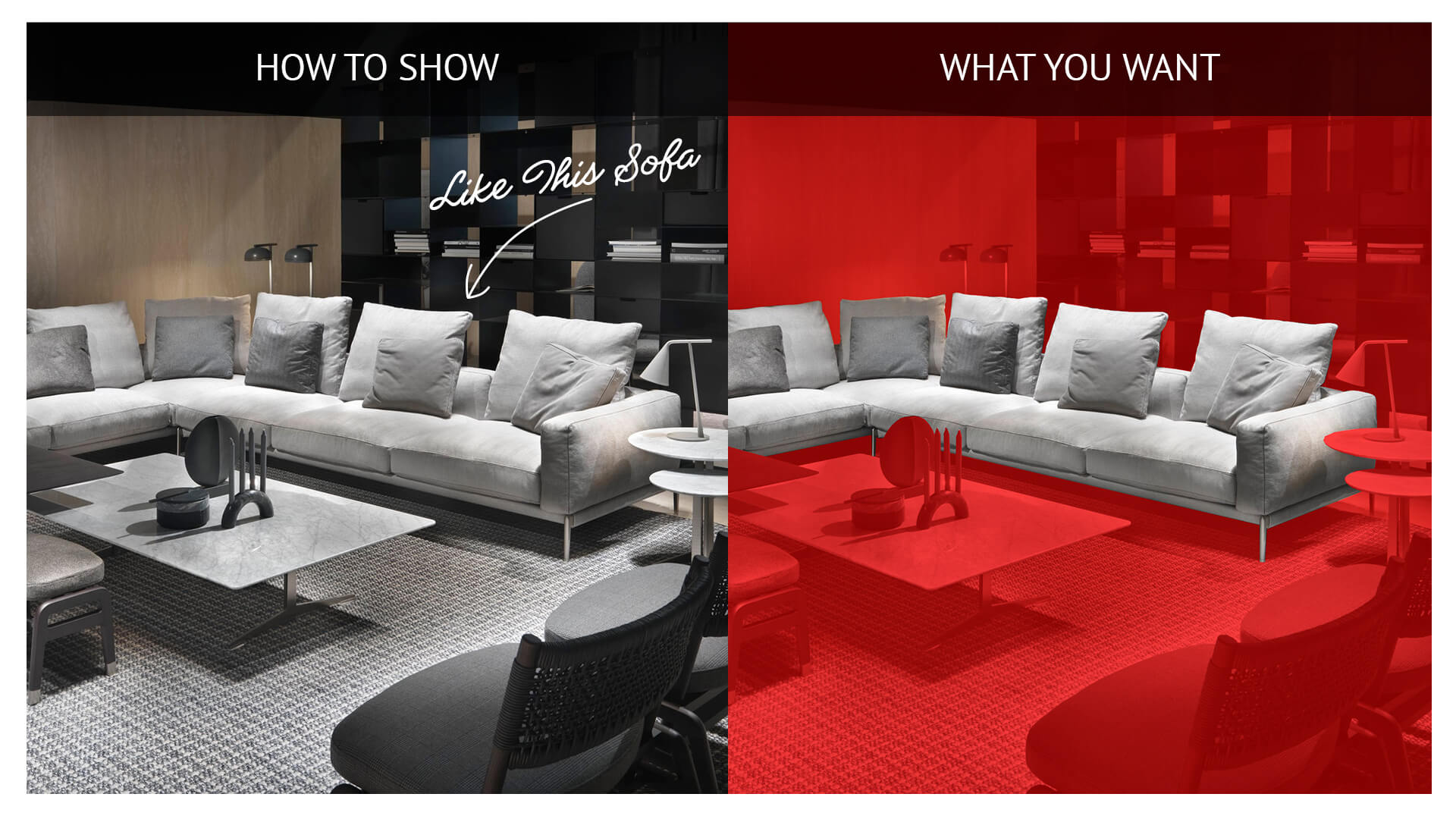
When it comes to such references as furniture and decor items, as well as textures and lighting options, one needs to be very specific. For instance, it’s quite easy for the client to send a photo of a room featuring a sofa they want to use in their design. But it might not be very clear to the 3D rendering team which exact aspect of the photo they need to recreate.
In this case, one should add a note — ideally, on the image itself — saying that the item of interest there is the sofa. The same should be done regarding any other aspect: materials, decor pieces, atmosphere, etc. And if the client wants to use a particular product from a particular brand, they can just add a link to it, and the 3D artists will do the rest. Overall, doing this tiny extra step can help to shorten the time of clarifying the brief and of the work itself. Which will reduce the amount of corrections, lowering the cost of 3D rendering as a result.
#3. Avoiding Rush Projects

It’s true that professional 3D artists can deliver high-quality CG visuals even within a limited time. However, the well-known rule for urgent projects applies to interior 3D visualization as well. By this, we mean that if one wants to get the renderings urgently, one will need to pay extra. Because there might be a need to involve more 3D artists and, likely, they’ll have to work overtime. Naturally, there are situations where the cost of 3D rendering is not a priority. But when it is, it’s better to stick to the studio’s standard timeframes to stay within the budget.
#4. Picking Available 3D Models from the Studio’s Library
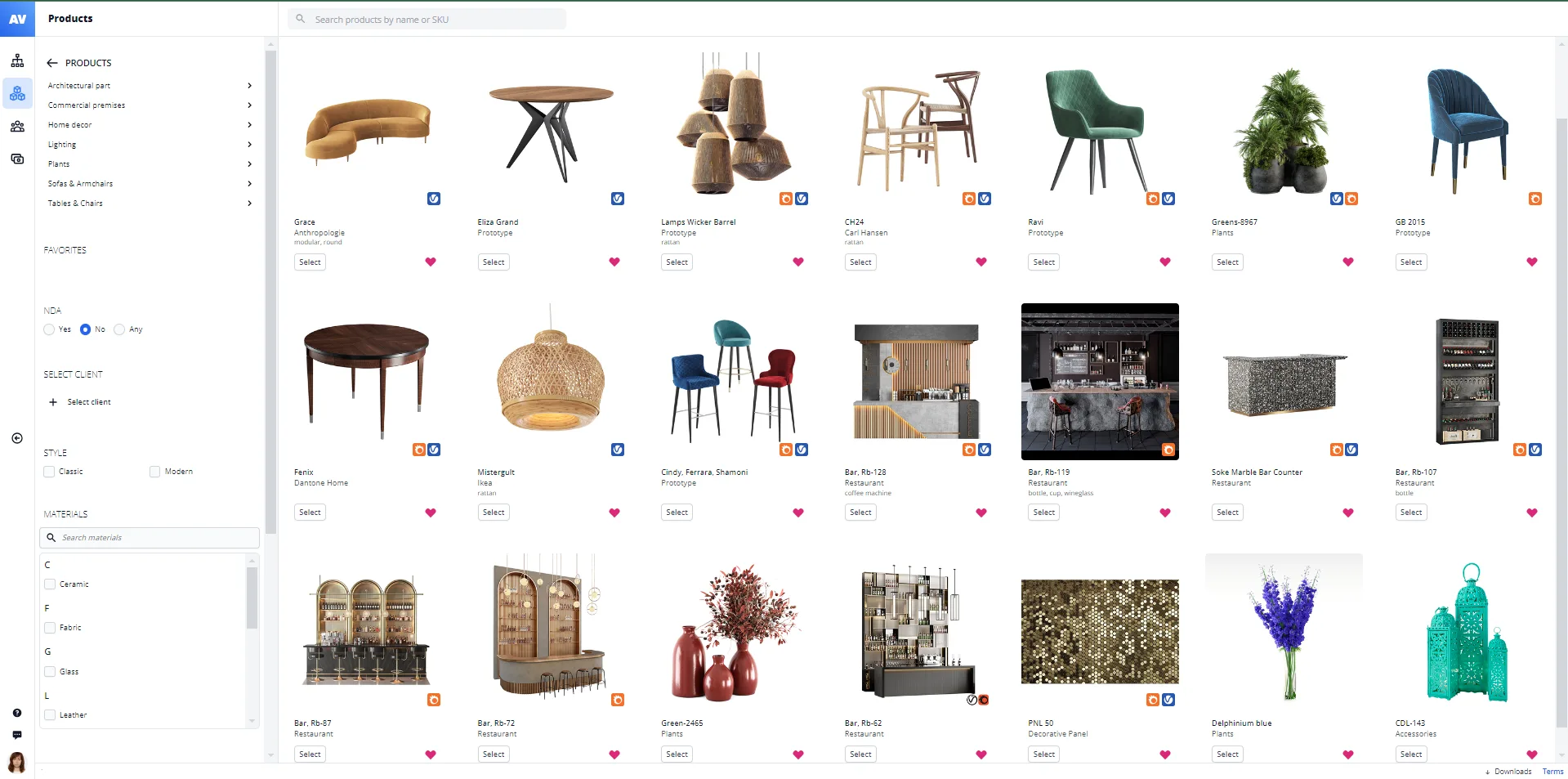
With custom 3D modeling, an interior rendering service delivers unique results. In some cases, it adds a lot of value to the images. But, oftentimes, recreating every particular detail of the concept from scratch is simply unnecessary. And that’s something to consider if one wants to get top-tier CG visuals on a budget.
The thing is, 3D modeling is a meticulous process that can take hours and even days, depending on the complexity of the item. Therefore, it can add quite a serious amount to the overall cost of 3D rendering. A great alternative here is to use available 3D models from the studio’s library. It has thousands of 3D items, including real furniture and accessories from the existing brands. So, one can easily find pieces that fit the design they have in mind. Furthermore, ready-made 3D models can support any CGI project. Whether it is an interior, exterior, or floor plan rendering service, the 3D modeling library helps cut costs and save time.
#5. Keeping the Number of Accessories Reasonable
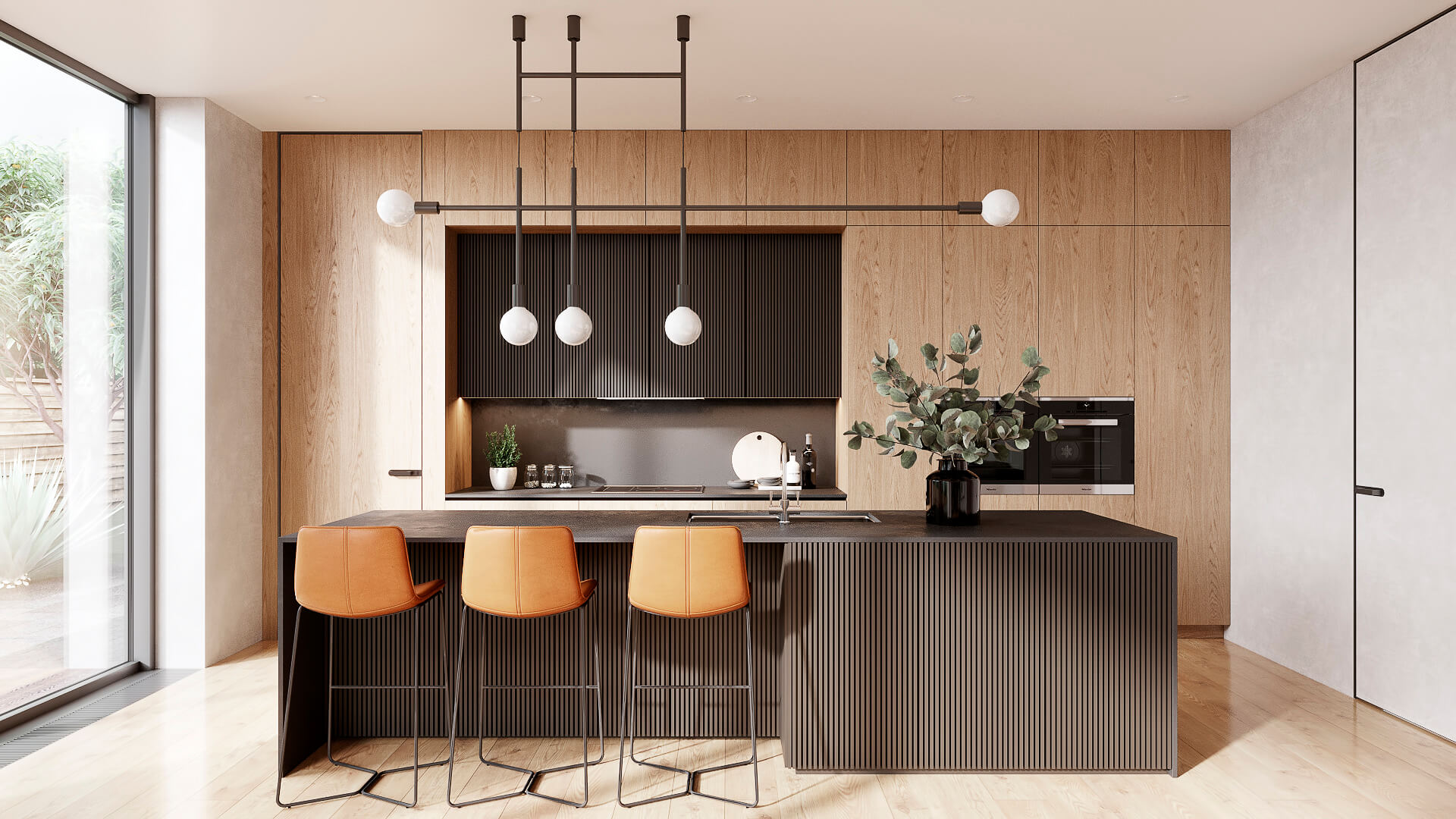
The more objects the client wants in a 3D scene, the more work the CGI specialists will have to do. They’ll need to place every 3D model into the interior, adjust its size, work on material and lighting settings, add textures and reflections, etc. Naturally, that takes a lot of time, which affects the final bill. So, to reduce the cost of 3D rendering, one can bring the number of accessories in the interior down to a healthy minimum.
#6. Getting the Most out of Free Revision Rounds
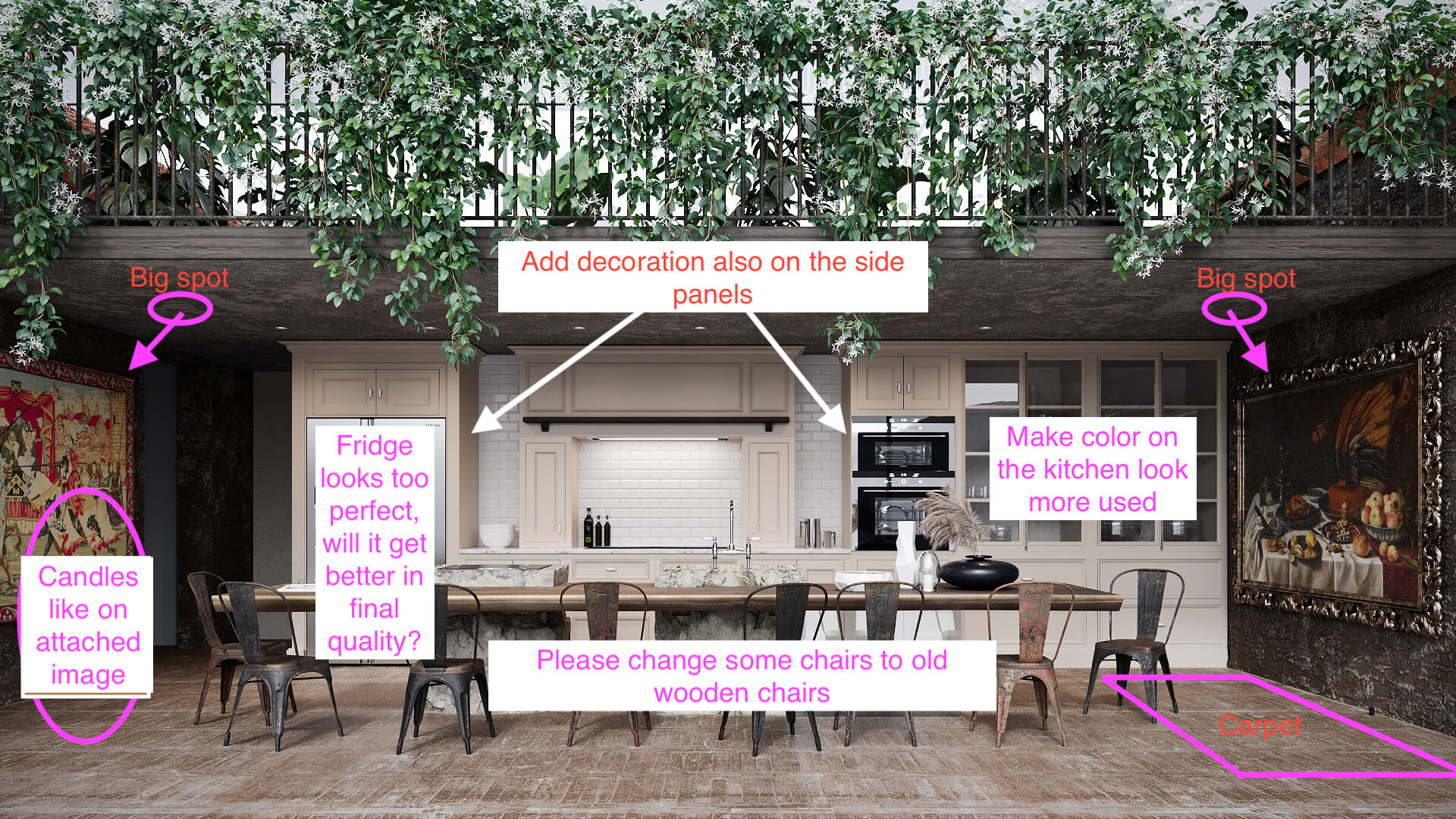
Usually, there are several revision rounds included in the cost of a 3D visualization project. But there’s a limit to the amount of corrections one can get for free. Therefore, one needs to try and sort out all the issues within those rounds to avoid extra fees. Now, there are several ways to do that. First, the client should submit all their comments on one batch of preliminary drafts in one go, preferably as a well-structured list. Then, using pictures with notes on them, as in the image above, also helps the customer to communicate their requests to the 3D rendering team.
Finally, one can send hand-written notes and sketches. But in this case, it’s crucial to make sure that the text in those is legible and the drawings are clear. This way, the 3D artists will immediately understand what they need to do without having to ask for clarifications. Using these tips, any client after interior CGI will be able to go through revisions more quickly and efficiently, keeping the cost of 3D rendering as reasonable as possible.
#7. Sticking to a Time-Tested Project Workflow
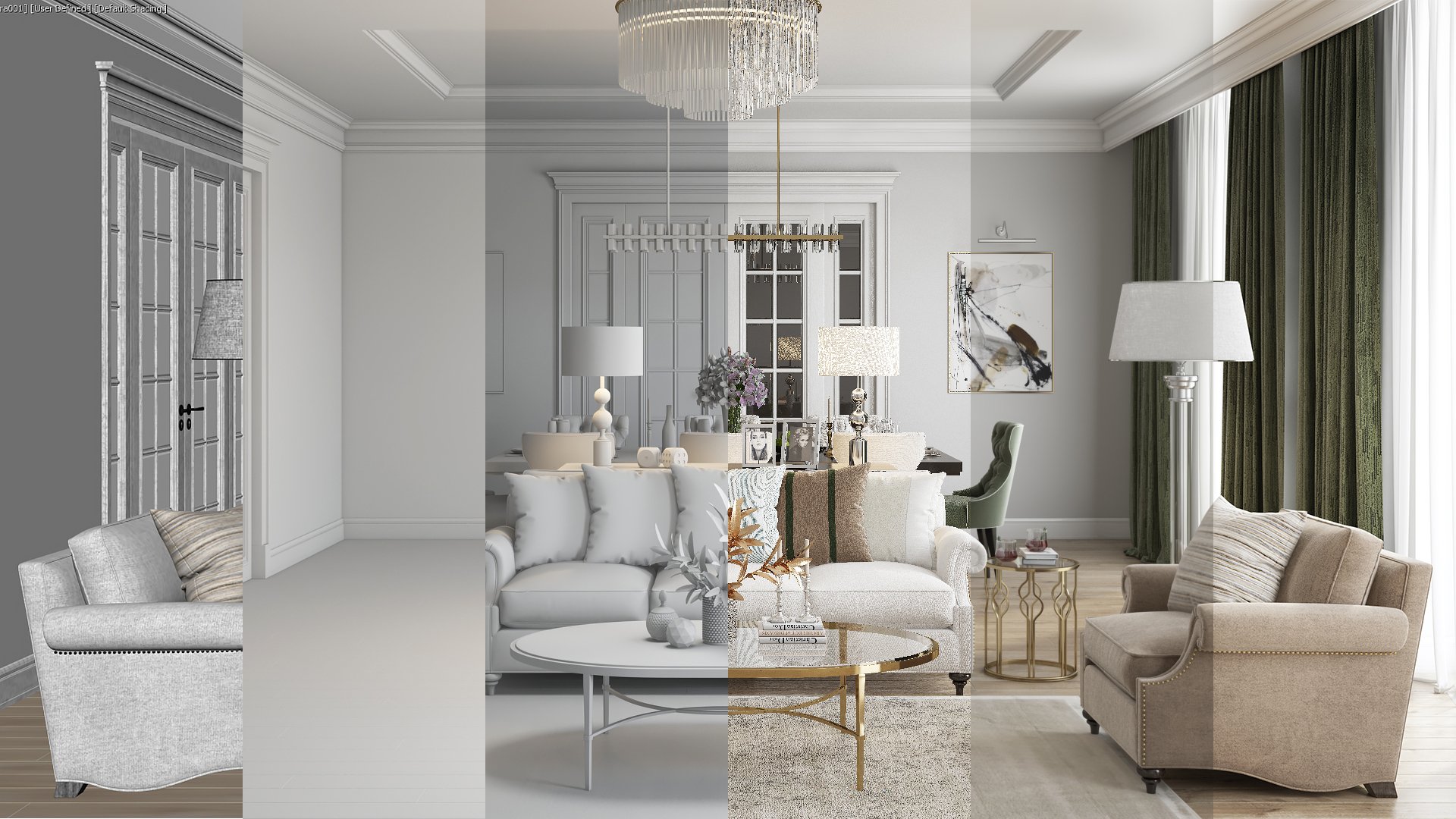
Last but not least, it’s extremely important to stick to the 3D visualization studio’s standard routine. A typical workflow includes several steps, where 3D artists submit preliminary results for the client’s approval. The idea here is to make all the major corrections at the early stages of the process, while it’s possible to do that quickly and within the budget.
For instance, it’s much easier and cheaper to fix the geometry of a room on the grayscale review stage rather than in the final render where all the 3D models, lighting, textures, and materials are already in place (see more info on the process here). Otherwise, it can take extra time to make changes, which will rack up the cost. So, for those who want to get high-quality 3D renders on a budget, following the standard routine is a great idea.
Those were the main tips on how to reduce the cost of 3D rendering when outsourcing CGI services. You can check them out once again in a short list below.

Overall, it’s about providing the project team with clear and comprehensive information and staying involved in the process from start to finish. And, on top of that, working with one studio on a regular basis and having multiple projects done at once can get a client a discount!
Want to learn how much your project costs? See how we evaluate 3D rendering projects
Looking for professional architectural rendering services? Contact us at ArchiCGI and get stunning photorealistic CG visuals for a reasonable price!

Ana Wayne
Content Writer, Copywriter
Ana is a content writer for ArchiCGI. She has a passion for design and architecture - and for talking about it. Outside of work, she is a fan of sci-fi movies and a street food connoisseur.


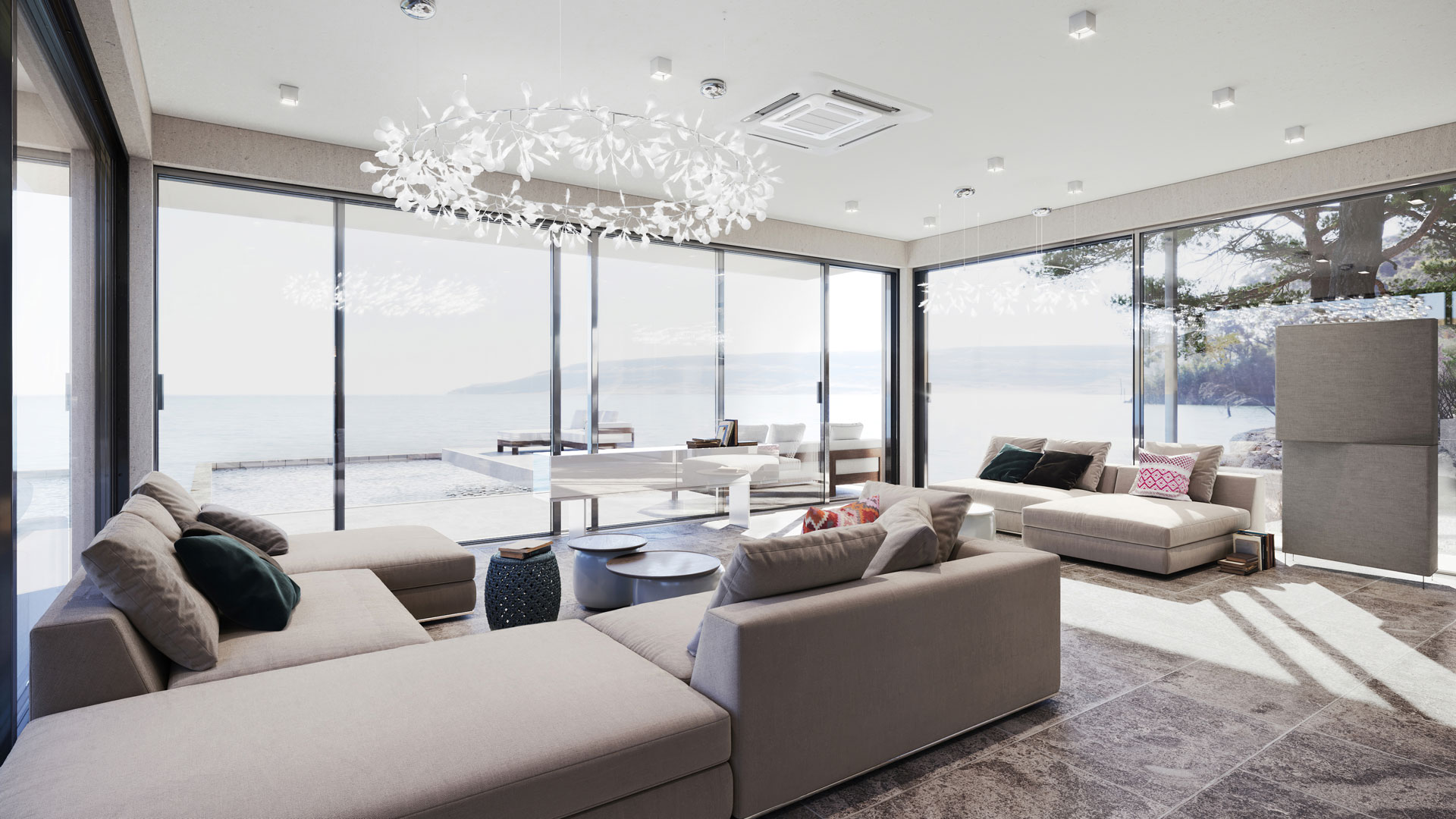


Comments
Harry